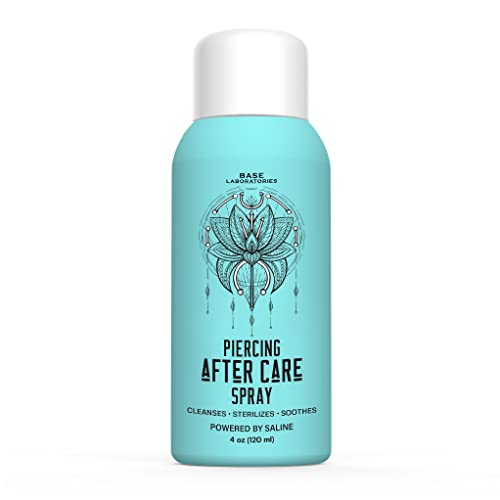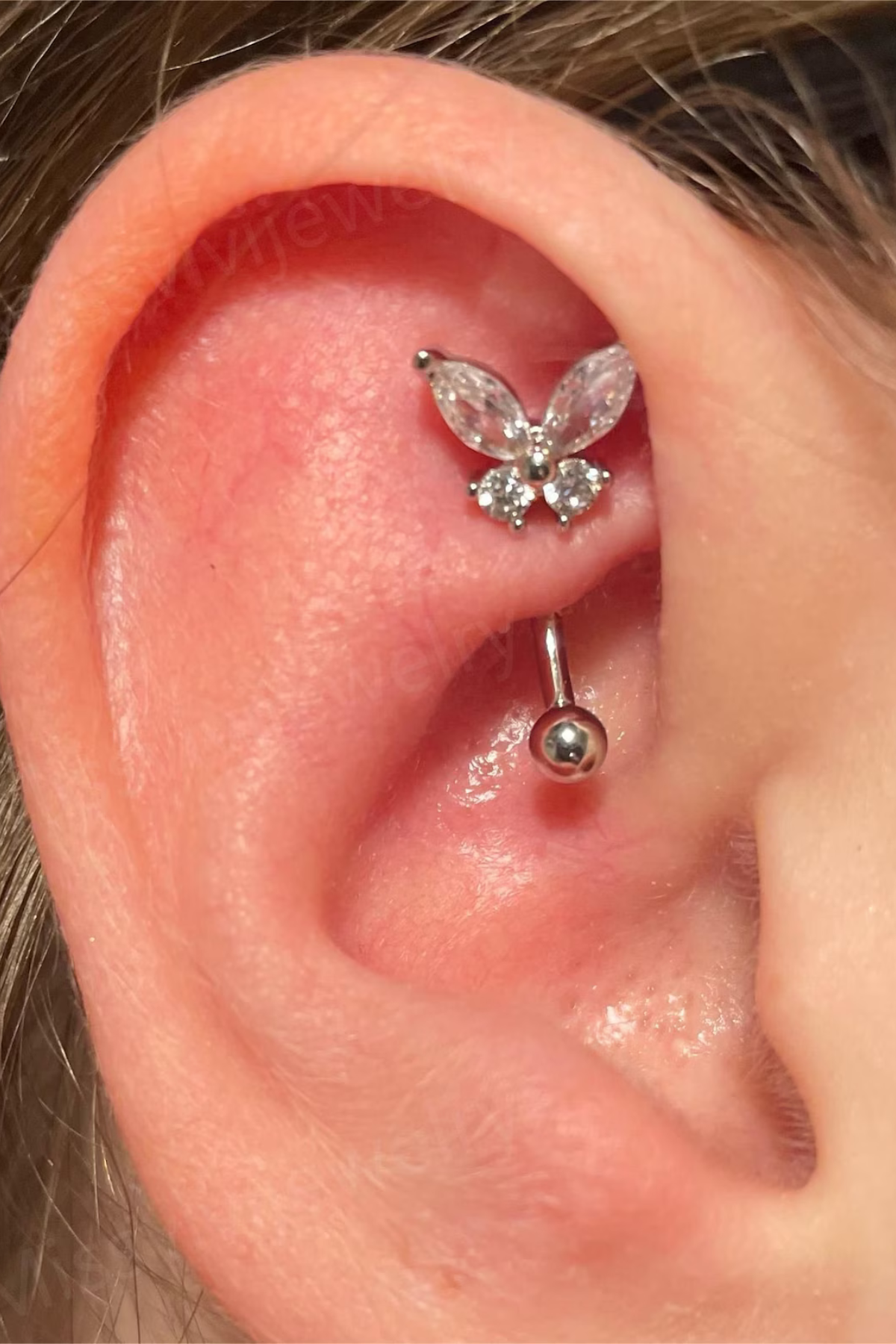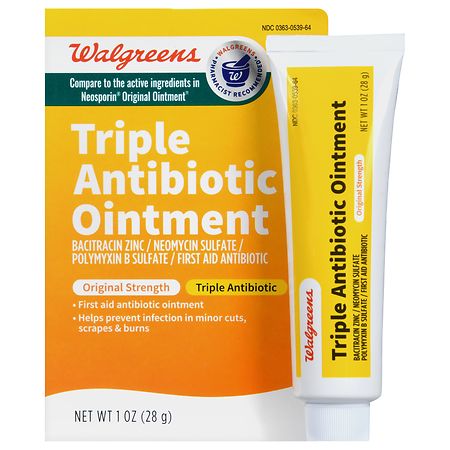Everything to Know Before Getting a Rook Piercing
From the best earrings to choose to managing the aftercare.
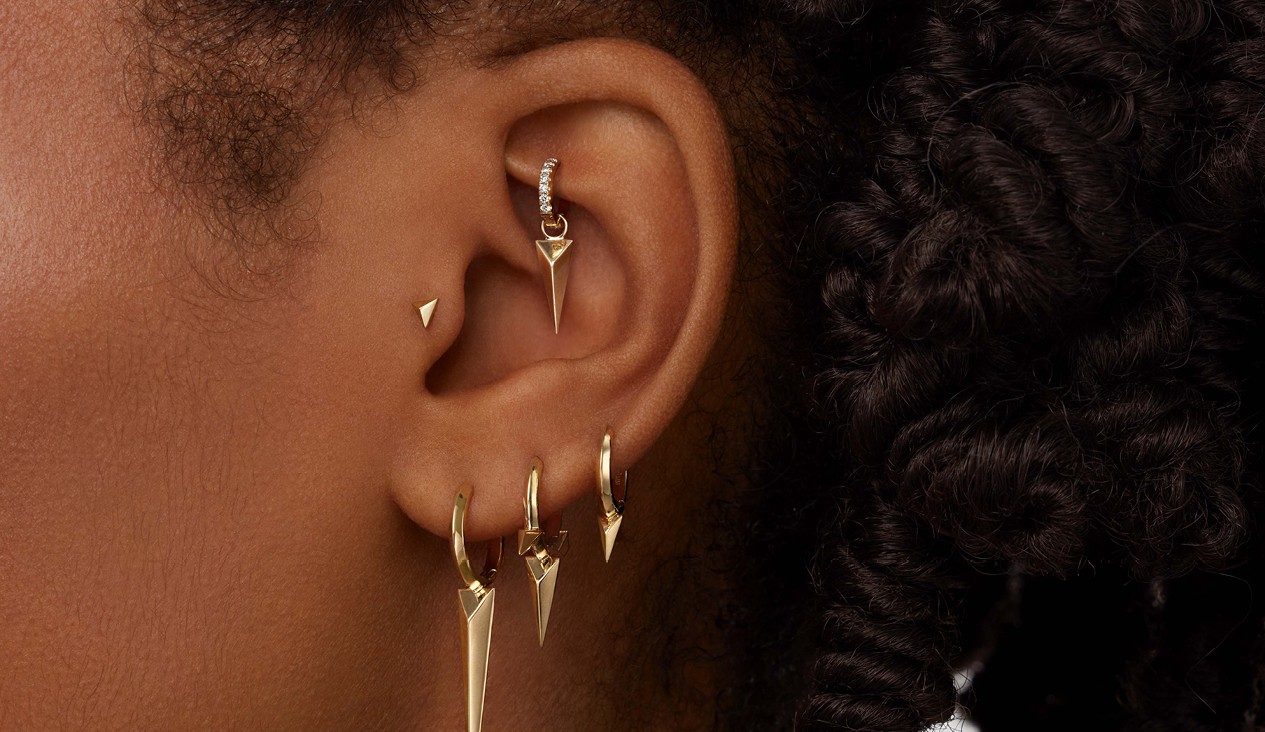

Since I expanded my ear piercing collection beyond the lobe, I've received constant compliments about the intricate cluster of jewelry climbing up my ears. For me, cartilage piercings, conch piercings, and rook piercings, are easy ways to dress up any look and suit a vibe I'm going for.
The later piercing, which is positioned on the upper, inner lobe, can bring a unique fuller, constellation-like look to your earscape. Because it's a cartilage piercing, the piercing and healing processes must be handled carefully to avoid infection. Here, cosmetic dermatologist Kenneth Mark, M.D. and Samantha Isaacs, associate director of brand management at Studs share everything you need to know before getting a rook piercing, from pain level to jewelry to aftercare.
What Is a Rook Piercing?
"A rook piercing is a cartilage piercing placed in the uppermost ridge of your inner ear," explains Isaacs. "It's located above the tragus in the anti-helix."
A photo posted by safepiercing on
According to Isaacs, rook piercings, like any cartilage piercing should always be done with needles rather than piercing guns. She explains, "This method allows for better precision, safety, and healing." Still, she reassures that the piercing process is quick.
Does a Rook Piercing Hurt?
"Pain tolerance differs by client and is, of course, subjective," Issacs admits, but it is manageable. A good tip: Inhale deeply while you're getting pierced, and then exhale as soon as the pressure has passed. The whole process will be over in a few seconds and pain will subside.
How to Care for a Rook Piercing
Regarding aftercare, Dr. Marks says to keep it simple, using only saline solution or soap and water to cleanse the piercing area. If using soap, avoid anything with fragrance, exfoliants, or other potential irritants. Isaacs discourages people from using cotton swabs or pads to clean piercings. "The fibers can get caught under your jewelry and cause irritation," she says. "Instead, opt for non-woven gauze or spraying saline directly onto the front and back of your piercing."
A post shared by Iris Piercing Studios
A photo posted by iris_piercing_studios on
Be sure to dry the area thoroughly after each wash. If you have sensitive skin, he recommends applying an antibiotic ointment twice daily to the area. You should also avoid sleeping on the side that has your piercing, getting your hair tangled in it, or wearing earbuds that could disturb the region.
Get exclusive access to fashion and beauty trends, hot-off-the-press celebrity news, and more.
How Long Does It Take for a Rook Piercing to Heal?
Rook piercings take at least eight to 12 months to fully heal. Still, Isaacs says that healing times can vary depending on your overall health, including your sleep quality and stress levels. Healing depends on how well you care for your piercing too, so be sure to take aftercare seriously. She explains, "You’ll know your ear is healed once any discharge, swelling, redness, flaking, or soreness stops."
The Best Earrings for Rook Piercings
When you first get pierced, Isaacs notes that you'll want to avoid jewelry that could further irritate the area, which includes hoops and huggies. Instead, curved barbell styles look beautiful on the rook, are easy to clean, and won't aggravate your ears.
How to Treat an Infected Rook Piercing
Dr. Marks reiterates the importance of applying an antibiotic ointment to the pierced area in order to avoid and mitigate swelling. However, if you find yourself dealing with an infection or worsening inflammation, treat it with a prescription topical steroid twice a day. "Most importantly, keep the area clean, and don't take out the piercing until it's completely healed," he adds.
A post shared by Stephanie Mariano
A photo posted by girlmariano on
You should also consider seeing your dermatologist to get a prescribed treatment and ensure that a topical solution is best for you.
Meet the Experts

Samantha Isaacs is the Associate Director of Brand Management at Studs. A graduate of Northeastern University in Boston, Massachusetts, she is currently based in Brooklyn, New York.

Dr. Kenneth Mark is a cosmetic dermatologist. He spent over 20 years as a clinical professor and now runs his own practice, which has locations in New York City, the Hamptons, and Aspen.
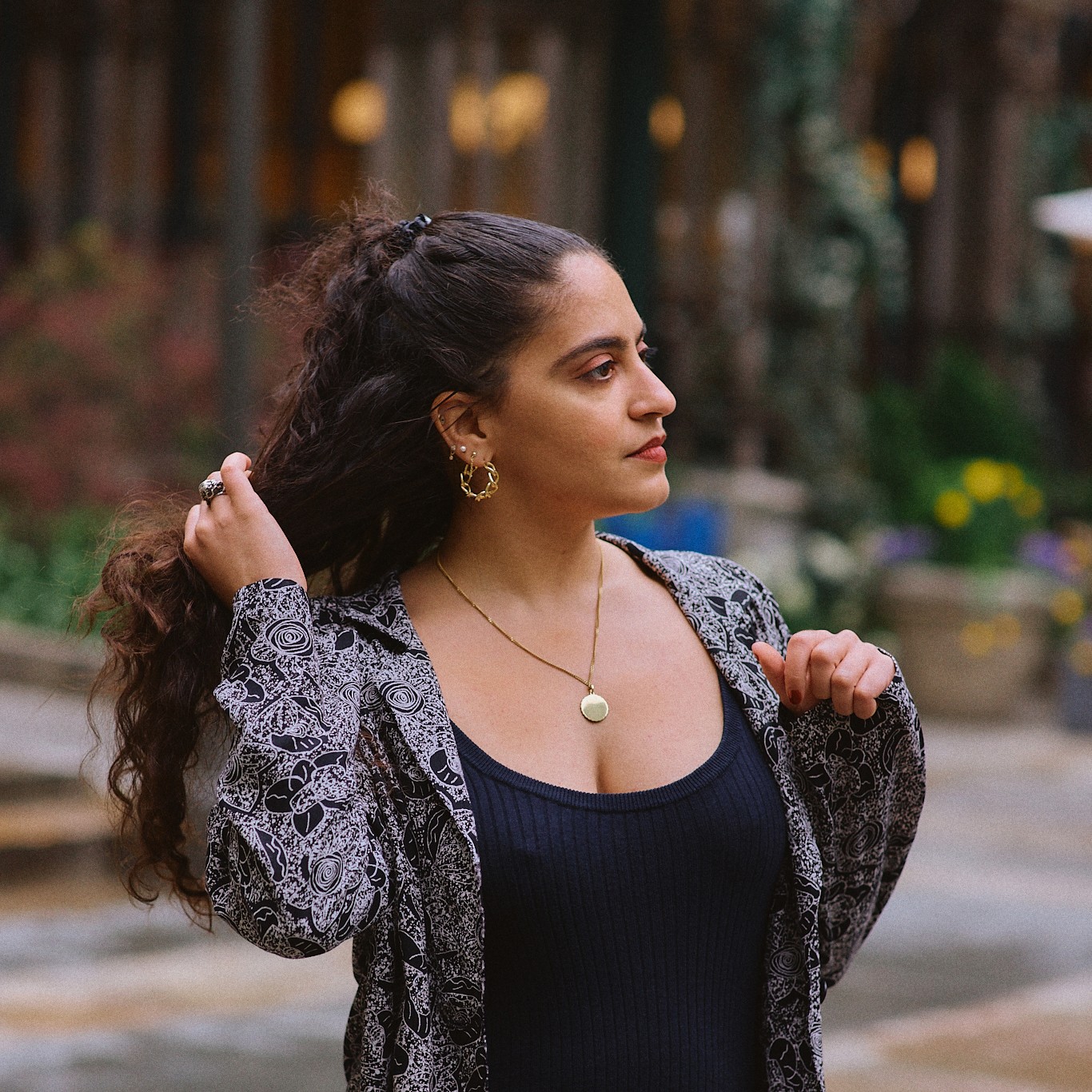
Gabrielle Ulubay is a Beauty Writer at Marie Claire. She has also written about sexual wellness, politics, culture, and fashion at Marie Claire and at publications including The New York Times, HuffPost Personal, Bustle, Alma, Muskrat Magazine, O'Bheal, and elsewhere. Her personal essay in The New York Times' Modern Love column kickstarted her professional writing career in 2018, and that piece has since been printed in the 2019 revised edition of the Modern Love book. Having studied history, international relations, and film, she has made films on politics and gender equity in addition to writing about cinema for Film Ireland, University College Cork, and on her personal blog, gabrielleulubay.medium.com. Before working with Marie Claire, Gabrielle worked in local government, higher education, and sales, and has resided in four countries and counting. She has worked extensively in the e-commerce and sales spaces since 2020, and spent two years at Drizly, where she developed an expertise in finding the best, highest quality goods and experiences money can buy.
Deeply political, she believes that skincare, haircare, and sexual wellness are central tenets to one's overall health and fights for them to be taken seriously, especially for people of color. She also loves studying makeup as a means of artistic expression, drawing on her experience as an artist in her analysis of beauty trends. She's based in New York City, where she can be found watching movies or running her art business when she isn't writing. Find her on Twitter at @GabrielleUlubay or on Instagram at @gabrielle.ulubay, or follow her art at @suburban.graffiti.art

